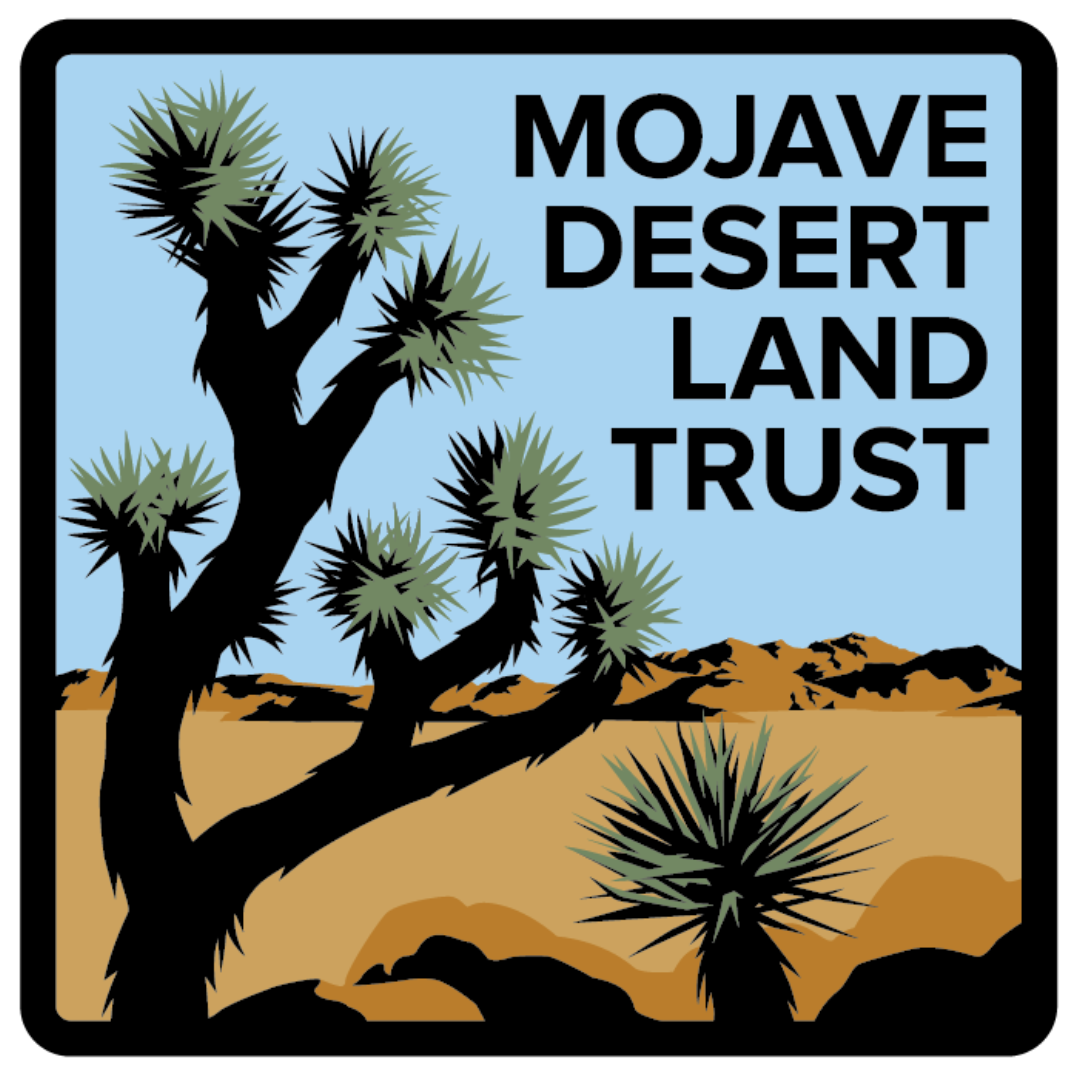Study: Cadiz Inc. water project science unreliable, would jeopardize desert springs
FOR IMMEDIATE RELEASE
September 17, 2018
Contact: Jessica Dacey, Director of Communications
Phone: 760-820-2275
Email: jessica@mdlt.org
Joshua Tree - New peer-reviewed published research calls into question the environmental science underpinning the Cadiz Inc. groundwater extraction project in the Mojave Desert.
The research published in the journal Hydrology indicates that Cadiz Inc. may have significantly overestimated the amount of water that will be replenished from a desert aquifer it intends to tap. Additionally, the new study found five life-sustaining springs would be jeopardized by the project because they are fed by the aquifer rather than by rainfall, as argued by Cadiz Inc. and its Environmental Impact Report.
The company wants to pump 16.3 billion gallons of water -- or 50,000-acre feet -- from the Mojave Desert each year for transport to Orange County. This would require drawing down an aquifer underneath the Fenner Basin in Mojave Trails National Monument. The company claims this water would be replenished by rainfall at a recharge rate of 32,000-acre feet a year.
However, the new study suggests that a more realistic recharge rate would be between 4,000 and 12,000-acre feet a year, in order to take into account climate change and the new hydrological data collected by the researchers.
Roux Associates Inc. and Partner Engineering and Science Inc. used recent radiocarbon and tritium analyses to determine that five springs in the vicinity of the Cadiz Inc. project are dependent on the aquifer system. They also conclude that uncertainty about recharge requires water managers to assume a lower estimate of recharge in order to protect water resources in the region.
“Given the existing uncertainties in specific hydrologic flow paths and the recharge estimation, the degree of hydraulic connection between the basin-fill aquifer and these perennial springs, and the expectation of a hotter and drier climate in this region for the foreseeable future, water resource management would need to use recharge estimates in the basin within the 4,000-12,000-acre feet a year range,” the researchers wrote. This range aligns with recharge estimates previously established by the U.S. Geological Survey.
Pulling more water from the aquifer threatens rare desert springs that serve as vital watering holes for migrating animals. A fall in water levels by even a foot could imperil entire water-dependent ecosystems. Cadiz Inc.’s management plan allows for an 80-foot drop in water levels.
The new research confirms an earlier study that found Bonanza Spring, the biggest spring in the southeastern Mojave Desert, would be threatened by the Cadiz Inc. project. Bonanza is a green, half-mile stretch lined with cottonwoods, reeds and mesquite. It is an important stopover for bighorn sheep, migrating birds, and insects. Biodiversity and protection of scarce water resources were amongst the main factors contributing to the designation of Mojave Trails National Monument in 2016. The Cadiz Inc. project sits at the heart of the monument.
The researchers found that besides Bonanza, at least four other springs in the surrounding area depend on groundwater from the aquifer: Burnt, Hummingbird, Vernandyles, and Theresa. Cadiz Inc. and its Environmental Impact Report claimed the proposed pumping would not affect area springs because they were not fed by groundwater – a theory that is now disproven through two published studies this year.
Recharge rates -- the measurement for how much new water flows into the ground -- are a critical parameter in water resource management. Cadiz Inc.’s estimate was one of five carried out in recent years. Authors Adam Love and Andy Zdon analyzed all five previous recharge estimates, rainfall records, estimation methods, and data published since the Cadiz Inc. EIR was finalized. They concluded that the huge variation in estimates showed Cadiz Inc. was relying on "substantial generalizations." They also found that contributing factors, such as changes in wet and dry periods, flagged a need to look at long-term average annual precipitation trends."These large uncertainties in the derived recharge values hinder the ability to appropriately assess and manage the water resources in the region," wrote Love and Zdon. The authors call for a “more reliable test of the recharge estimate” in light of their research.The study was conducted on behalf of the Mojave Desert Land Trust.“This new scientific study highlights the need for further review of the environmental science underpinning the Cadiz Inc. groundwater pumping project. Desert springs and the level of the aquifer are vital to desert biodiversity, and this new research shows the threats to one of the most intact ecosystems in the US.” -- Joshua Friedes, Executive Director, Mojave Desert Land Trust
Hydrology Groundwater Recharge Estimates
MAP Cadiz Project Impact Area
GRAPHIC Extraction Well-Impact
The Mojave Desert Land Trust (MDLT) is a 501(c)(3) non-profit organization with the mission to protect and care for lands with natural, scenic, and cultural value within the Mojave Desert. Since its founding in 2006 the land trust has conserved more than 71,368 acres, donating more tracts of land to the National Park Service in the last decade than any other organization. In addition to acquiring land, the land trust established a seed bank to ensure the preservation of native species. MDLT operates an onsite nursery at its Joshua Tree headquarters which propagates native species for ecosystem restoration. MDLT educates and advocates for the conservation of the desert, involving hundreds of volunteers in our work. For more information, visit www.mdlt.org

